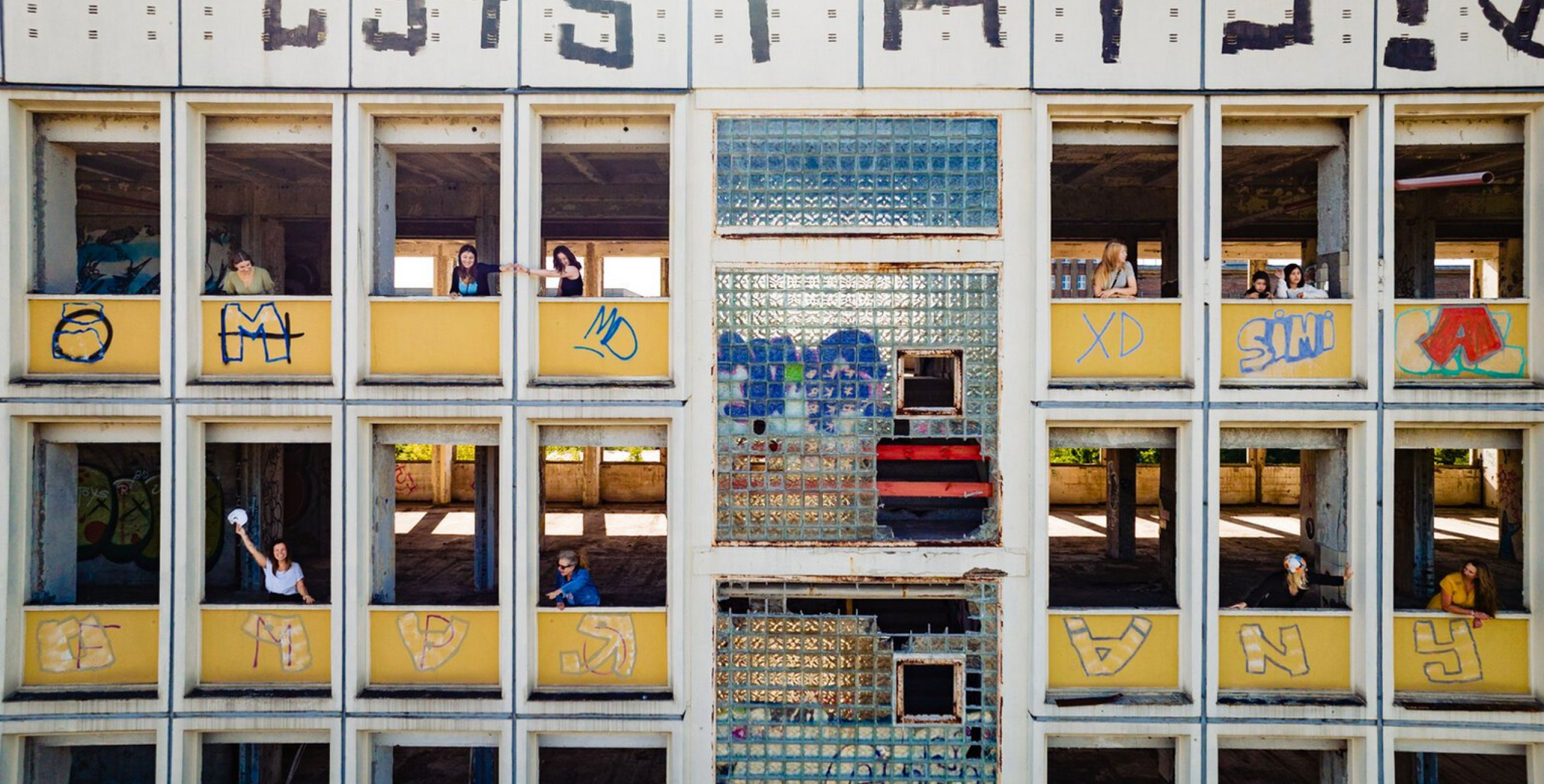Berlin-Oberschöneweide: Groovin’ with some energy again
With Funkytown, we are bringing a legendary East Berlin spot back to life.
At the heart of the campus stands the original building: “BLOCK-E” – a reinforced concrete skeleton structure that lay abandoned for more time than it was ever in use. And after its shutdown, its name became synonymous as a “lost place”.
Since the opening of the capital’s BER airport and the Tesla Giga Factory in Grünheide, businesses have increasingly turned their focus to the south-east of the city. A “neocity” is emerging here, which will be developed into a future-oriented growth region in the coming years with new mobility options, new working environments, new forms of living and new green spaces.
Funkytown is making a contribution within this boom corridor by creating a new quarter for a creative, international community with a wide range of offers and an attractive infrastructure.
Further information on the Boom Axis and Neocity can be found here (German only).

We want to remember, by preserving pictures, ideas, and stories.
For nearly thirty years, BLOCK-E on Rummelsburger Landstraße was home to the GDR youth radio station DT64, among other institutions.
For us, a transformation always begins by keeping in mind the very foundation of a place: its history and energy. Countless emotions and stories still resonate here, because so many people worked at BLOCK-E and in the neighboring Funkhaus Berlin. We would like to provide a special focus to some of the eyewitnesses of the events at that time. We will always be extremely grateful for the memories they shared with us. These include Elisabeth Heller with her extensive documentary website.
Special thanks go to the members of PopKulturOst e.V., who are especially committed to preserving the history and stories of this place for future generations, bringing them to life, making them real. Thanks also to Alexander Pehlemann and Wolfgang Martin for their meticulous research, book publications, and the DT64 exhibition “Power from the Eastside”.